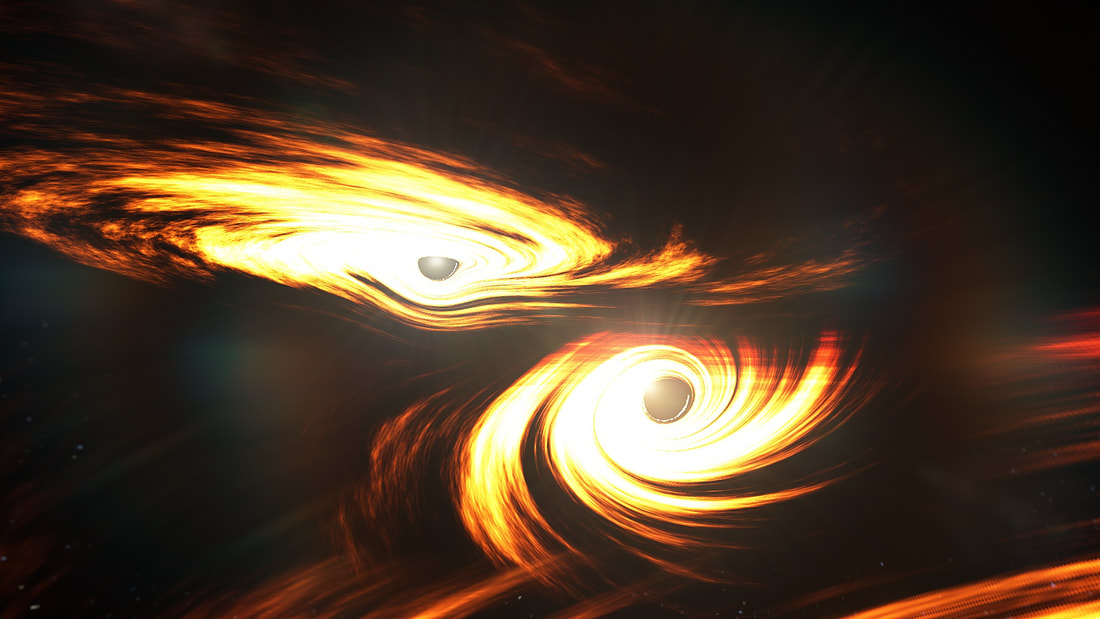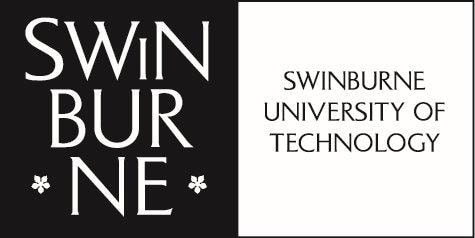|
General relativity, Einstein’s theory of gravity, is best tested at its most extreme--close to the event horizon of a black hole. This regime is accessible through observations of shadows of supermassive black holes and gravitational waves--ripples in the fabric of our Universe from colliding stellar-mass black holes. For the first time, scientists from the ARC Centre of Excellence for Gravitational Wave Discovery (OzGrav), the Event Horizon Telescope (EHT) and the LIGO Scientific Collaboration, have outlined a consistent approach to exploring deviations from Einstein’s general theory of relativity in these two different observations. This research, published in Physical Review D, confirms that Einstein’s theory accurately describes current observations of black holes, from the smallest to the largest. One of the hallmark predictions from general relativity is the existence of black holes.The theory provides a specific description of a black hole’s effect on the fabric of space-time: a four-dimensional mesh which encodes how objects move through space and time. Known as the Kerr metric, this prediction can be related to the bending of light around a black hole, or the orbital motion of binary black holes. In this study, the deviations from the Kerr metric were linked to features in these black hole observations. In 2019, the Event Horizon Telescope generated silhouette images of the black hole at the centre of the galaxy M87, with a mass several billion times that of our Sun. The angular size of the shadow is related to the mass of the black hole, its distance from Earth and possible deviations from general relativity’s prediction. These deviations can be calculated from the scientific data, including previous measurements of the black hole’s mass and distance. Meanwhile, since 2015 the LIGO and Virgo gravitational-wave observatories have been detecting gravitational waves from merging stellar mass black holes. By measuring the gravitational waves from the colliding black holes, scientists can explore the mysterious nature and metrics of the black holes. This study focussed on deviations from general relativity that appear as slight changes to the pitch and intensity of the gravitational waves, before the two black holes collide and merge. Combining the measurements of the shadow of the supermassive black hole in M87 and gravitational waves from a couple of binary black hole detections, called GW170608 and GW190924, the researchers found no evidence for deviations from general relativity. Co-author of the study and OzGrav research assistant Ethan Payne (Australian National University) explained that the two measurements provided similar, consistent constraints. “Different sizes of black holes may help break the complementary behaviour seen here between EHT and LIGO/Virgo observations,” said Payne. “This study lays the groundwork for future measurements of deviations from the Kerr metric.” Written by OzGrav research assistant Ethan Payne, the Australian National University.
0 Comments
Leave a Reply. |
|
- Home
- About
-
Our People
- Chief Investigators
- Partner Investigators
- Associate Investigators
- Postdocs and Students >
- Professional & Outreach staff
- Governance Advisory Committee
- Scientific Advisory Committee
- Executive Committee
- Equity & Diversity Committee
- Early Career Researcher Committee
- Professional Development Committee
- Research Translation Committee
- OzGrav Alumni
- Research Themes
- Education and Outreach
- Events
- News/Media
- Contact Us
- Home
- About
-
Our People
- Chief Investigators
- Partner Investigators
- Associate Investigators
- Postdocs and Students >
- Professional & Outreach staff
- Governance Advisory Committee
- Scientific Advisory Committee
- Executive Committee
- Equity & Diversity Committee
- Early Career Researcher Committee
- Professional Development Committee
- Research Translation Committee
- OzGrav Alumni
- Research Themes
- Education and Outreach
- Events
- News/Media
- Contact Us


 RSS Feed
RSS Feed








